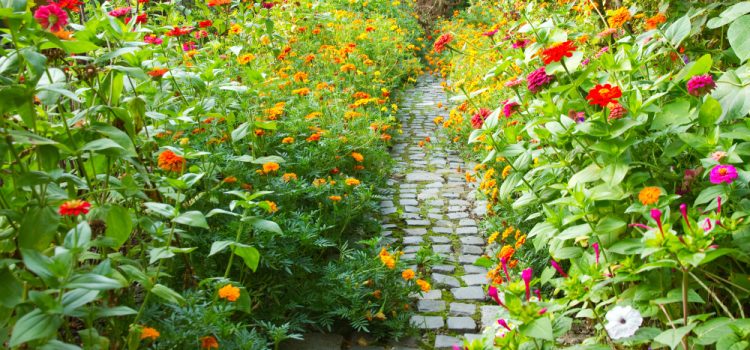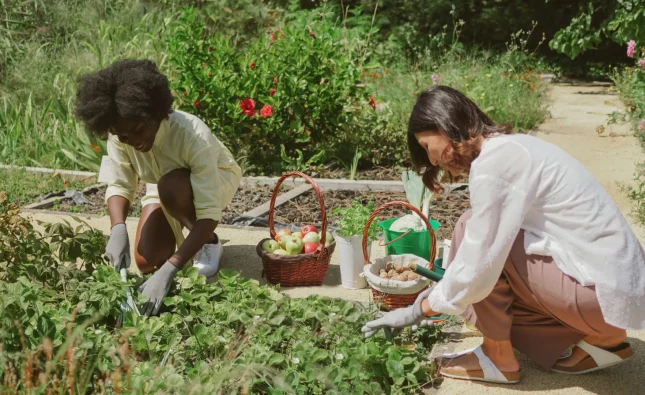
Introduction
Houseplants are a popular way to bring life, color, and fresh air into our homes. However, not all plants are created equal. Some species can pose a serious threat to the health and well-being of your family and pets. In this article, we will explore the most toxic houseplants that you should be cautious of when decorating your indoor spaces.
1. Oleander (Nerium oleander)
Oleander is an attractive flowering plant, but it is also one of the most poisonous houseplants. All parts of the plant are toxic and can cause symptoms such as salivating, abdominal pain, diarrhea, and even death if ingested by humans or pets.
2. Sago Palm (Cycas revoluta)
The Sago Palm is a popular choice for indoor gardens due to its unique appearance. However, all parts of this plant are dangerous, with the seeds containing the highest amount of toxin. Ingestion can lead to organ failure and death.
3. Philodendron
Philodendrons are widely used as indoor plants, but they are poisonous to both humans and pets. Eating any part of the plant can cause burning and swelling of the lips, tongue, and throat, along with vomiting and diarrhea.
4. Peace Lily (Spathiphyllum)
The Peace Lily is a popular low-light houseplant, but it is toxic if large quantities of the leaves are eaten. Symptoms can include burning and irritation in the mouth and throat, as well as digestive issues.
5. ZZ Plant (Zamioculcas Zamiifolia)
The ZZ Plant is a drought-tolerant species that thrives in low-light situations. However, all parts of this plant are poisonous and can cause skin irritation, as well as digestive issues if ingested.
6. English Ivy (Hedera helix)
English Ivy is a common indoor vine, but it can be toxic if ingested in large quantities. Symptoms can include skin irritation, burning in the throat, fever, and rash.
7. Swiss Cheese Plant (Monstera deliciosa)
The Swiss Cheese Plant is known for its unique, hole-filled leaves. However, ingesting the leaves can cause severe burning in the mouth and throat.
8. Rex Begonia (Begonia rex)
Rex Begonia is a popular houseplant due to its colorful foliage. However, it contains insoluble calcium oxalates, which can cause kidney failure if ingested.
9. Schefflera (Schefflera species)
Schefflera plants can cause burning in the mouth and skin irritation if ingested or touched. Be cautious when handling this plant, especially around children and pets.
Conclusion
While houseplants can bring beauty and fresh air into your home, it’s essential to be aware of the potential dangers some species pose. Always research the plants you bring into your home and keep toxic species out of reach of children and pets. By taking these precautions, you can enjoy the benefits of houseplants without putting your loved ones at risk.










